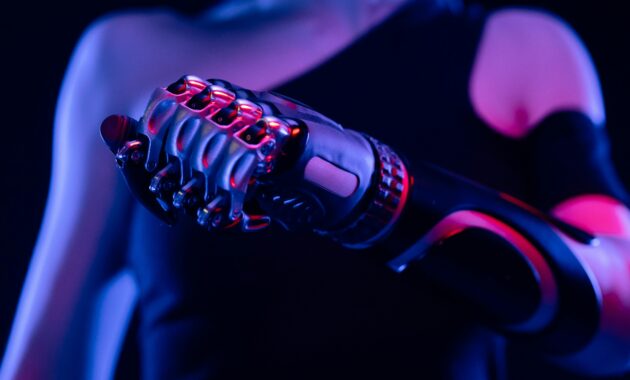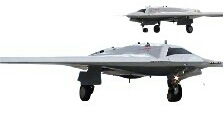WorldTekhno.com: Modern bionic limbs, or advanced prosthetics as they are often called, are artificial devices designed to replace natural limbs that have been lost due to injury, disease, or birth defects. Unlike traditional prosthetics, bionic limbs utilize cutting-edge technology to provide function and sensation that closely approximates that of a natural limb.
How Do They Work?
Bionic limbs work by detecting electrical signals generated by the user’s muscles. These signals are then interpreted by electronics in the prosthesis, allowing the user to intuitively control the movement of the artificial limb. Some of the advanced technologies used in bionic limbs include:
• Sensors: Detect electrical signals from muscles and the surrounding environment, providing feedback that allows the user to feel texture and pressure.
• Actuators: Move the parts of the prosthetic according to signals received from the sensors.
• Microprocessors: Process information from the sensors and control the actuators, allowing for smoother, more precise movements.
• Batteries: Provide power to the electronic components in the prosthesis.
• Software: Manages and optimizes the performance of the prosthesis.
Benefits of Bionic Limbs:
○ Better function: Modern bionic limbs can perform complex movements, such as grasping, pinching, and even sensing temperature.
○ Better quality of life: With better function, users can perform daily activities more easily and independently.
○ More natural appearance: Increasingly sophisticated prosthesis designs make them look more like natural limbs.
Examples of Modern Bionic Limbs:
• Bionic hand: Can grasp objects of various sizes and strengths, and feel textures.
• Bionic leg: Allows users to walk, run, and even climb stairs.
• Bionic arm: Can perform complex movements such as lifting weights and reaching for objects.
The Future of Bionic Limbs
Research and development in the field of bionic limbs continues. Some developments that are expected in the future include:
○ Integration with the nervous system: Prostheses can connect directly to the user’s nervous system, providing more natural control and more realistic sensations.
○ Lighter and stronger materials: The use of new materials will make prostheses more comfortable and durable.
○ Artificial intelligence: Prostheses will become more intelligent, able to learn and adapt to the needs of the user.
Conclusion
Modern bionic limbs have changed the lives of many amputees. With technology continuing to advance, the future of prostheses looks increasingly bright. Prostheses can be more than just a replacement for a missing limb, they can also improve the quality of life and provide independence for the wearer.***







